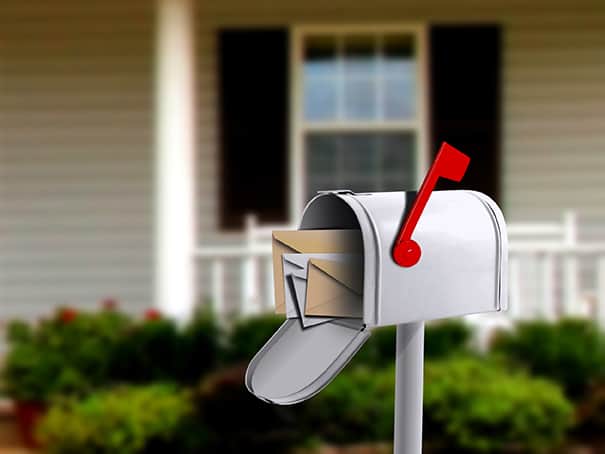How to Segment Your Mailing List Renting a mailing list?
When renting an email list service, you are not given access to the email recipients’ personal information. Instead, you’ll receive a Data Card with key information about the list. This Data Card will help you determine how effective your campaign will be based on the type of information contained in it. Ultimately, the list owner will send your email campaign to the subscribers on the list. It’s important to know who’s on the email list before renting it.
(Click here to check the standard sizes of direct mail in Towne Mailer.)

The process begins by selecting an email list broker. From there, you need to choose variables that will best suit your business goals and budget. Once you have chosen the variables for your email campaign, you can start creating your message. Remember that when you send emails to your list, you want to be clear on the call to action and subject line. The email list service will help you determine whether the content is effective. If you don’t want to be spammed, be sure to include a link to your website or landing page so that your recipients can easily return to your site.
Creating a consent form
Once you have created your email campaign, you can use the corresponding consent form. You can customize the language and design of the consent fields to your liking. Once created, you can add these consent forms to other forms and landing pages, such as webinar registration forms. You can also add your consent forms to your email campaigns by renaming the fields. However, you must remember that the active consent text can only be edited by you.
There are two kinds of consent emails you can use to gather permission from your contacts. The first is the instant consent email, which automatically sends out emails when a contact joins your mailing list. The second type is the recurring consent email, which will automatically send an email to your contacts at a preset interval. If you use the former type of consent email, you can specify how often you want to send the emails.
Segmenting your list
There are many benefits to segmenting your mailing list. Segmented lists are less likely to go into the spam folder, and you can avoid sending duplicate emails to each segment. The most common way to segment is by geography. This method is extremely useful for businesses with multiple locations, but may not be as effective for smaller businesses. For example, if you have a brick-and-mortar location but an online store, you can segment your mailing list by region to send targeted emails to those who live in that area.
You can also segment your list based on customer behavior. Some customers may be more active readers and engage with your content than others. For example, a VP of marketing isn’t the same as an entry-level copywriter, because she’s the decision-maker. In addition, a VP of marketing won’t be interested in an email that explains the solar eclipse. So, if you want to tailor your email messages to the VP of marketing, you should segment your list according to the job title of each person.
Automating message sending
There are some basic requirements for mailing lists, based on anti-spam laws. Your mailing list must be double opt-in (also known as verified opt-in), which means that your subscribers have clicked a confirmation link to join your list. Using a mailing list service like Constant Contact or another trusted provider, you can take care of double opt-in. You should also make sure to include a one-click unsubscribe link that is easily accessible for your subscribers to opt-out of your messages.
Email marketing teams can utilize mailing list services to automate the process of compiling email lists and sending messages. The automated email content is highly relevant, allowing them to focus on customer relationship building instead of sending irrelevant messages. Additionally, automated messages can contain relevant information that will entice users to return to your website or make a purchase. If your mailing list service has a customer database, you can use it to segment customers based on their behaviors.


